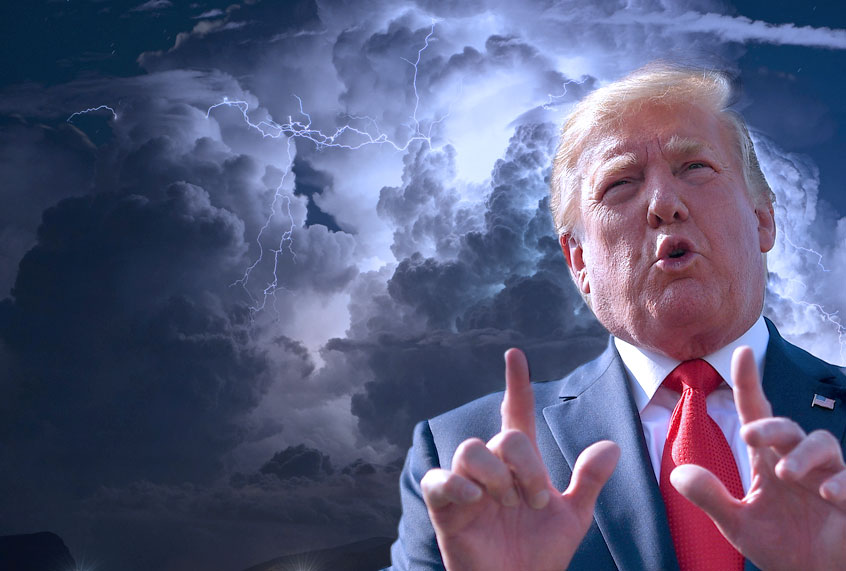On Monday, Americans reeled after not one, but two, deadly mass shootings over the weekend, in El Paso, Texas, and Dayton, Ohio. The Texas gun man’s motives, posted to the website 8chan, seemed clearly inspired by the anti-immigrant rhetoric of Donald Trump.
Raw Story spoke with Dr. Bandy X. Lee, a forensic psychiatrist and an expert on violence at Yale School of Medicine, about the link between Trump’s violent rhetoric and the wide array of violent that seem to occur with daily frequency in the U.S.
Raw Story: You said on Twitter: “My research on violence revealed that cultural or societal violence is greater than ten times the threat of individual violence. The president is currently committing cultural violence through his stoking of white supremacist terrorism.” What did you mean by that?
Lee: My textbook, Violence, has a one-line summary, and it is that all forms of violence are interconnected. A violent society will have violent structures, and violent structures will produce violent individuals. A U.S. president sits atop all of this, as a product of the culture, certainly, but in his position as the most influential instigator of structural, cultural, and, by consequence, individual violence. His attraction to and endorsement of violence will legitimize violence for all who are predisposed, creating a far-reaching cultural change.
This is the dangerous side of Donald Trump’s racism; his racism will be different from any other individual’s racism because of his office, and it will also be different in quality because it comes from a place of disorder. Pathology in a leader has been shown to be far more contagious than a sane person doing or saying the same things. This is why comparisons to Ronald Reagan or even Richard Nixon are understandable but flawed.
Fear is no doubt behind the reticence to call out the president even as a racist when he is inflicting more damage than any other white supremacist terrorist.
Raw Story: Given your extensive experience of studying violence, how should we understand the shootings in El Paso and Dayton that killed 29 in less than 24 hours?
Lee: First, we should not merely react, and we should not be surprised. The causes of violence are well known, and the violent act is merely an end product of a long process. Social, cultural, economic, and environmental factors are far greater in influence than individual factors when it comes to violence. It should be telling that we are seeing mass shootings all around the country, from California to Ohio. It should also be telling that all forms of violence have escalated especially since this presidency—and we should not be afraid to point that out.
We saw this coming, which is what drove us to write the book, The Dangerous Case of Donald Trump. Yet what we are seeing is only the tip of the iceberg. Far more widespread will be the violence and victimization that are hidden from view. Mass shootings are about one percent of overall gun deaths. And we should also remember there are other dangers, too: we are inching toward war in Asia and in the Middle East.
North Korea has resumed missile tests while standing us up in Bangkok, after we frivolously gave away international legitimacy. Iran has claimed seizure of a third oil tanker, after we recklessly pulled out of a nuclear deal and attacked with “maximum pressure.” We should not be surprised when war actually breaks out, but prevent in advance, knowing that the same incapacity that led to global instability and failure is what will instigate violence when reality catches up with it.


